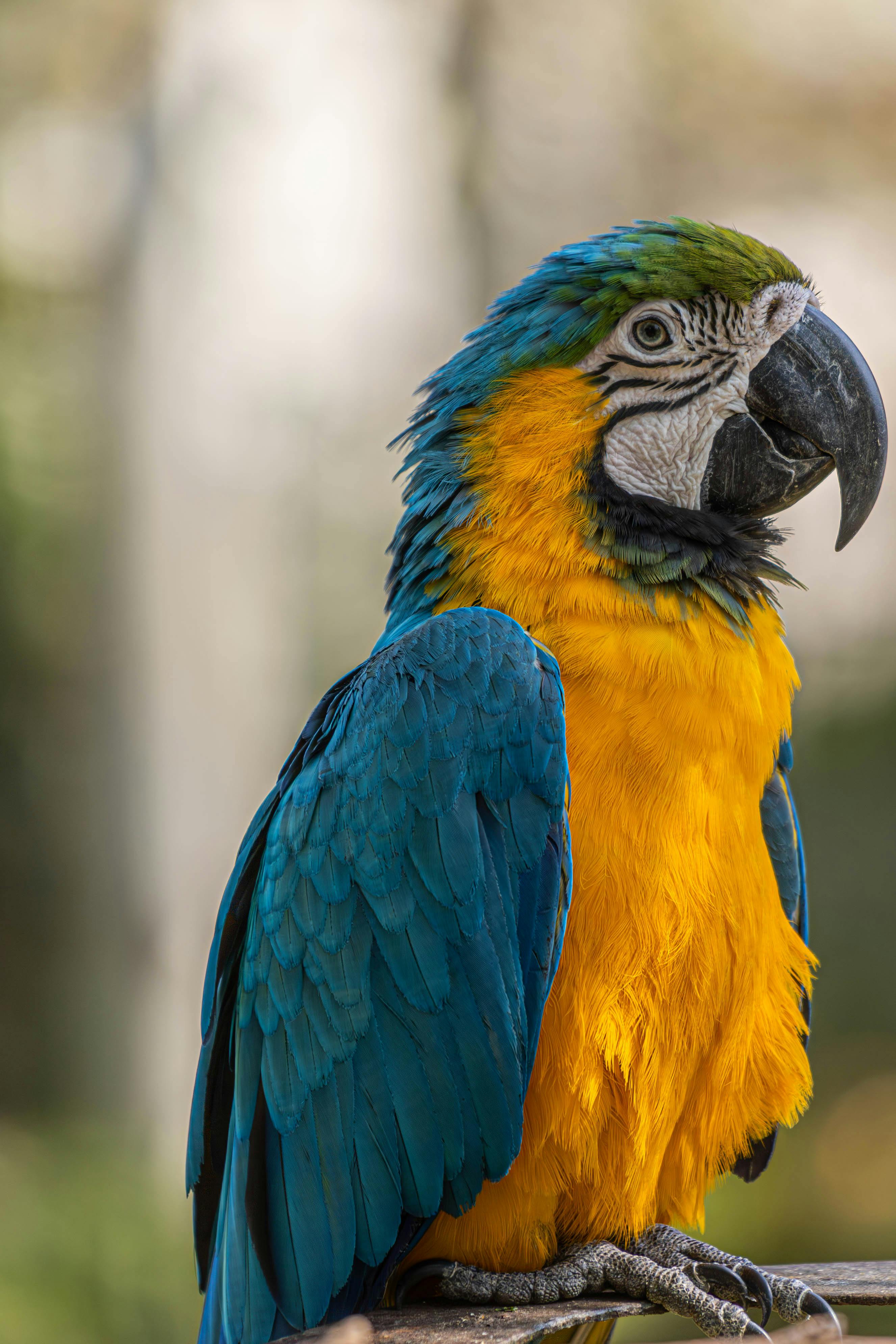Smart Ways to Transform Your Dwarf Hamster Cage for Comfort in 2025

Effective Ways to Optimize Your Dwarf Hamster Cage for a Happy Home in 2025


Choosing the Best Dwarf Hamster Cage
When it comes to ensuring your furry friend thrives, selecting the **best dwarf hamster cage** is a critical decision. A well-designed cage offers appropriate space, ventilation, and comfort for your little pet. Key factors to consider include the size of the cage, ensuring it is suitable for multiple dwarf hamster breeds, and whether it offers different levels for added complexity. Remember that dwarf hamsters are naturally curious and energetic, so it’s essential to create an engaging environment that keeps them active and entertained.
Cage Dimensions and Space Requirements
The **dwarf hamster cage dimensions** should be ample enough to allow for running and exploration. A minimum floor space of 24 inches by 12 inches is ideal for a single dwarf hamster. However, bigger is always better when considering hamster habitats as larger areas enhance their quality of life. Invest time in measuring your available space to accommodate a multi-level hamster cage or a more spacious setup. The more room they have to move around and utilize various **dwarf hamster cage accessories**, the happier they will be!
Selecting Proper Materials
Choosing the correct **dwarf hamster cage materials** is vital for your hamster's safety and comfort. Look for cages made of sturdy, non-toxic substances; metal and sturdy plastic are usually the best choices. Avoid cages with wire bottoms, as these can cause hutch injuries to the hamster's feet. Moreover, the materials should allow for adequate ventilation yet deter drafts to create a perfect **dwarf hamster living environment**. Remember to regularly check for weak spots in the structure, particularly when selecting **commercial hamster cages**, to keep your pet safe.
Creating an Engaging Dwarf Hamster Habitat
Once you have secured an appropriate **dwarf hamster enclosure**, the next step is optimizing their habitat. It is essential to feature various elements that stimulate your hamster physically and mentally. Engage them with **dwarf hamster toys**, climbing structures, tunnels, and an exercise wheel, effectively creating an environment where they can showcase their natural instincts and behaviors.
Dwarf Hamster Cage Accessories for Enrichment
Adding the right **hamster cage accessories** can significantly enhance their quality of life. Consider integrating **dwarf hamster toys** such as chew toys, tunnels, and hideouts, ensuring they have a space for napping and resting. It's also beneficial to introduce items like **hamster bedding** that are soft and absorbent, providing both comfort and a means to burrow. Experiment with different **dwarf hamster habitat ideas** to find what your hedgehog enjoys best, as this can keep their environment stimulating and fun!
dwarf hamster exercise wheel and Play Areas
The **dwarf hamster exercise wheel** is a staple in providing yours with the physical activity they require. Smart choices for wheels include those with a solid surface to protect their tiny feet. Furthermore, you can dedicate one section of the cage as a play area, filled with tunnels, toys, and obstacles. This setup will not only satisfy their instinctual behaviors but also provide valuable socialization opportunities should you opt for more than one dwarf hamster. Overall, a variety of choices will keep them engaged and healthy.
Maintaining a Clean and Safe Dwarf Hamster Environment
Regular maintenance ensures your dwarf hamster’s habitat remains healthy and inviting. Implementing proper cleaning schedules for your cage will also reduce odors and health risks. **Hamster cage cleaning** should occur about once a week, checking for any uneaten food or soiled bedding that needs replacing.
Effective Cleaning Techniques
When it comes to **dwarf hamster cleaning techniques**, use safe products that avoid chemical exposure. Opt for mild dish soap or vinegar for the periphery cleaning of substrates to eliminate bacteria without harming your pet. Ensure proper drying time before placing your dwarf hamster back in the cage, thus minimizing stress. By maintaining a clean environment, your hamster can lead a healthier life, significantly impacting their overall well-being.
Implementing Cage Safety Tips
Maintaining **hamster cage safety tips** is crucial for protecting your little friend. Keep an eye on sharp edges or loose parts, which could pose risks. Ensure all toys and accessories are made from non-toxic materials. Inspect the cage regularly for wear and tear, looking specifically at the structure and potential escape points. A secure living space will not only make your dwarf hamster feel safe but also enhance your bond as they thrive in their comfortable haven.
Key Takeaways
- Select the **best dwarf hamster cage** with appropriate dimensions and materials.
- Enrich your hamster’s life with engaging **dwarf hamster toys** and setups.
- Maintain a regular cleaning routine to ensure a safe and healthy environment.
- Implement safety practices to prevent falls or injuries in the cage.
- Consider creating designated play areas for added enjoyment and exploration.
FAQ
1. What are the size requirements for a dwarf hamster cage?
The recommended minimum size for a dwarf hamster cage should be at least 24 x 12 inches to provide ample running space, enhancing their well-being. If possible, opt for larger enclosures as it allows them to play more freely and utilize diverse **hamster habitat** setups.
2. How to select **safe hamster toys**?
Choose toys made from non-toxic wooden materials or safe plastics to ensure your dwarf hamster's safety. Avoid toys with tiny parts that can be swallowed. Additionally, chew toys are essential for preventing dental issues. Always monitor the toys for wear and replace anything that appears damaged.
3. How can I create an engaging environment?
Create an engaging environment by introducing different levels with multi-level setups, hideouts, tunnels, and various coverings. Ensure they have access to a **dwarf hamster exercise wheel** or other play equipment. Variety keeps them physically active and mentally stimulated.
4. What kind of bedding is best for dwarf hamsters?
The best bedding for dwarf hamsters includes materials like aspen shavings or paper-based options, both providing comfort while being safe. Avoid cedar or pine shavings, as these may contain harmful oils. Regularly check and replace bedding to maintain hygiene.
5. How do I ensure proper ventilation in a hamster cage?
To ensure proper ventilation, opt for cages with adequate gaps and ideally made from materials that promote airflow. Avoid cages that are fully enclosed; ideally, a **dwarf hamster enclosure** should allow for constant airflow without drafts to provide a comfortable atmosphere.
6. How often should I clean the hamster cage?
A thorouh cleaning should take place weekly, while spot-cleaning can be done every couple of days. Regular cleaning helps minimize odors and prevents potential health risks associated with dirty habitats.
7. Which dwarf hamster food is best?
The best dwarf hamster food includes a blend of high-quality hamster pellets, grains, and fresh vegetables. Ensure that their diet is varied for balanced nutrition, and periodically introduce treat items, coupled with the favorite **hamster diet** perfect for them.